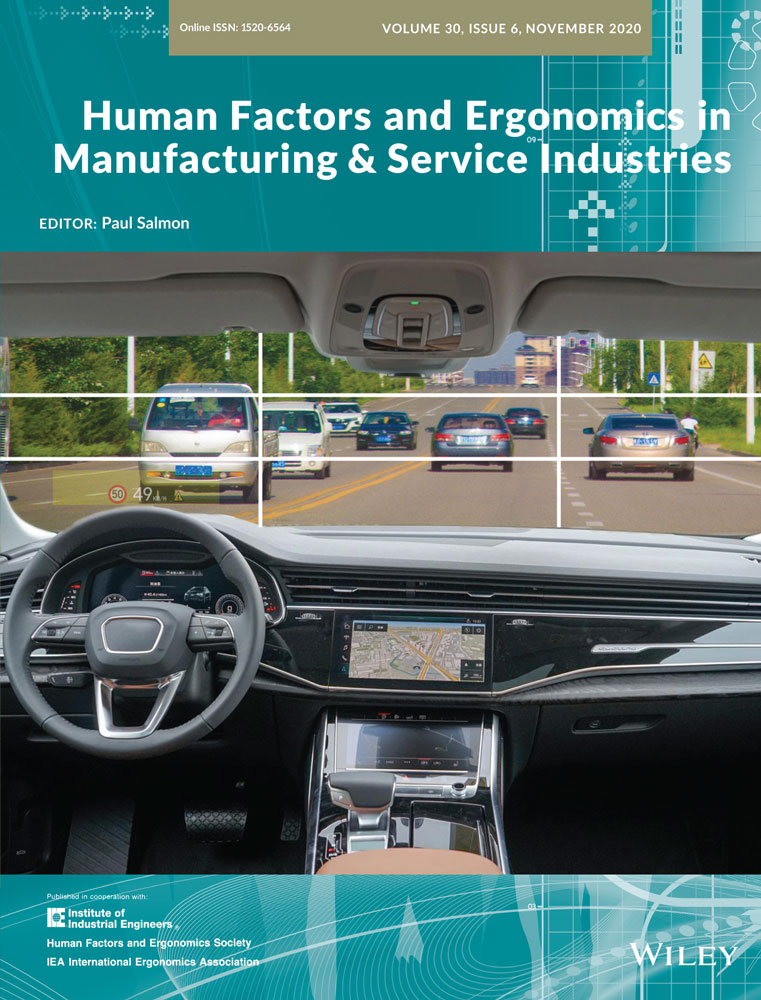Usability evaluation for South Korean military backpack based on “context of use”
Abstract
The military backpack used by the infantry imposes the greatest load on the body and, thus, is also the cause of most user complaints. This study (1) establishes a systematic development procedure for a military backpack that reflects user opinion; (2) suggests a usability questionnaire tool that can identify realistic user needs; and (3) proposes usability verification experiments that can quantitatively measure the usability of the military backpacks. The military backpack development procedure was created in accordance with user-centered design principles. The “context of use” of the military backpack was extracted from a literature review and interviews with experts and actual users. In addition, the usability questionnaire tool and usability verification experiments were devised based on the identified context of use. An analysis of the usability questionnaire answered by 100 infantry soldiers confirms that the region of pain felt by users varies on the size of the human body. Thus, it was possible to recognize the necessity of diversifying the specification of the military backpack. The usability verification experiments did not produce statistical results because only four infantry soldiers performed the pilot test, but the applicability and effectiveness of the proposed experiments could be confirmed through this pilot test. The seven proposed experiments are expected to help confirm the usability differences among different military backpacks or body sizes. The military equipment development procedure, usability evaluation tool, and usability verification experiments are expected to improve user satisfaction and military operations when applied to the development of various military supplies.




